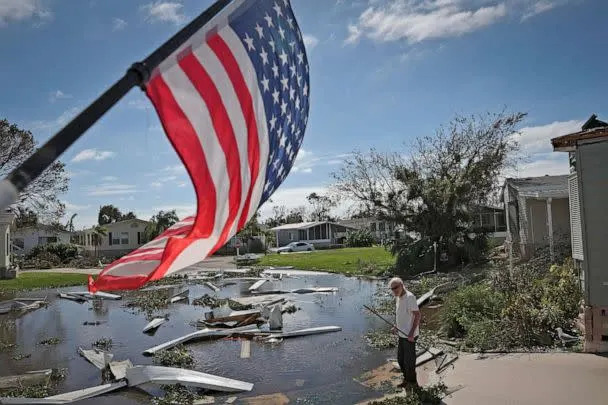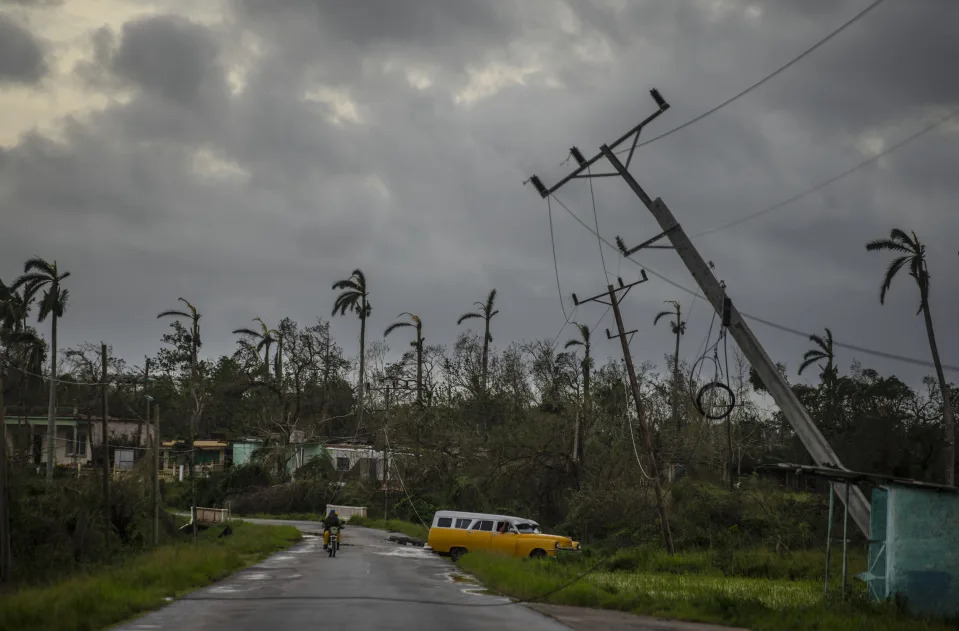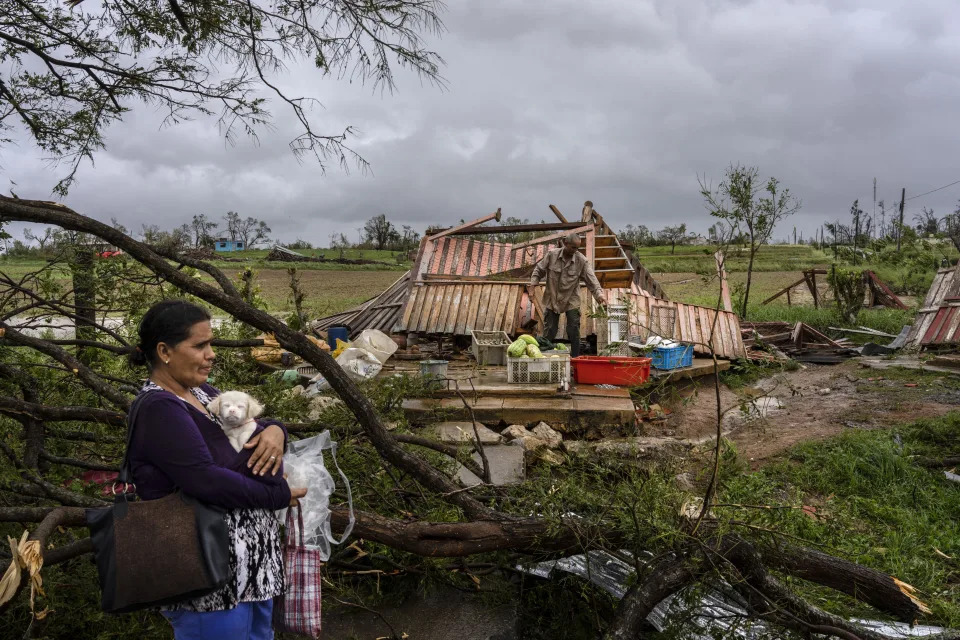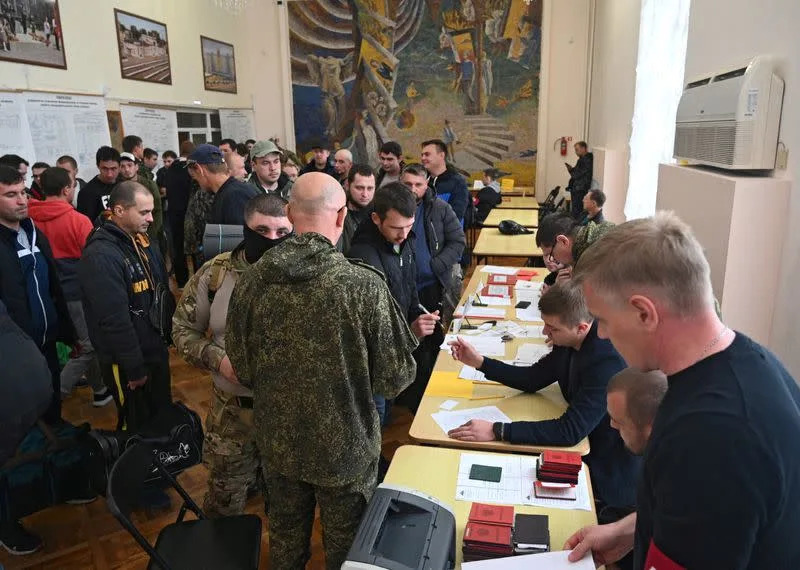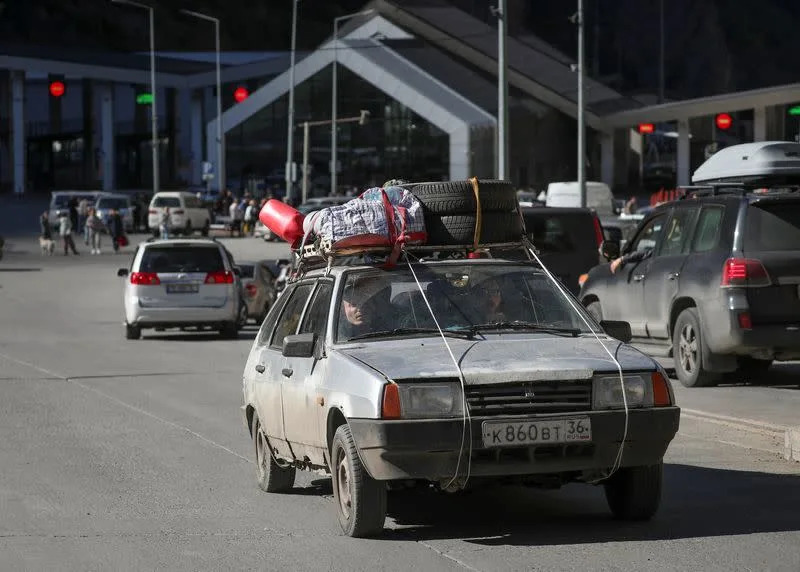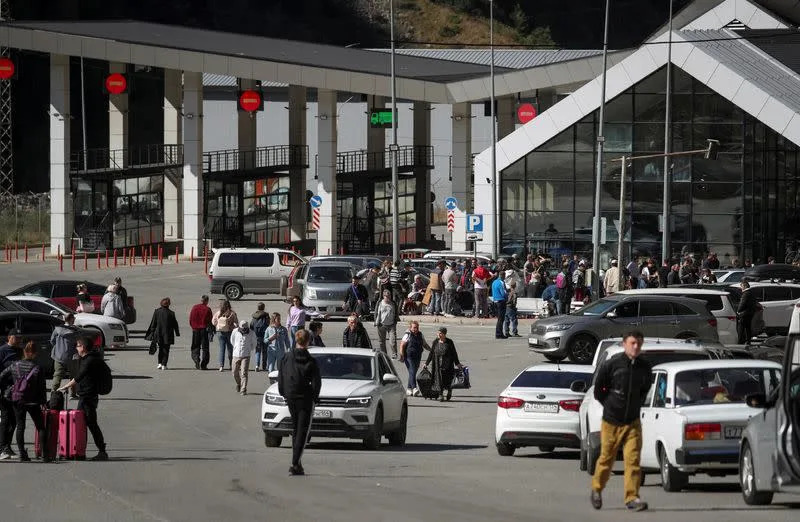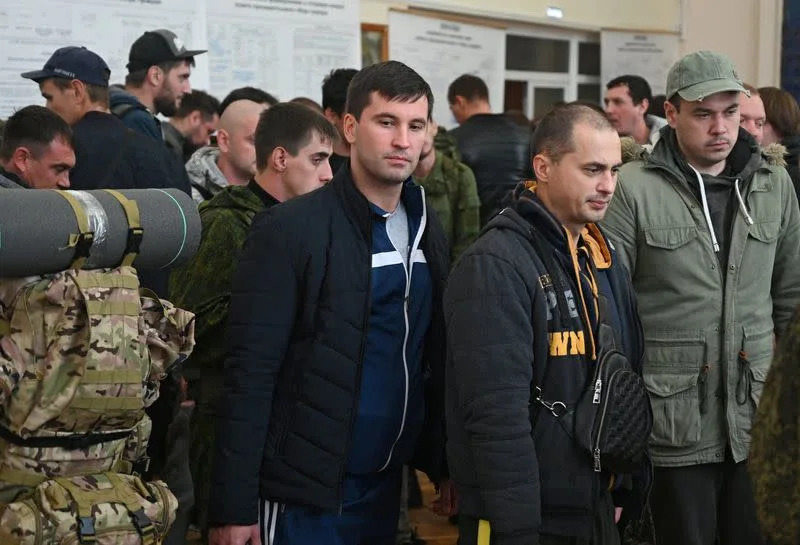MoneyWise
‘I just can’t wait to get out’: Nearly three-quarters of pandemic homebuyers have regrets — here’s what you need to know before you put in that offer
Serah Louis – September 30, 2022

Kay Kingsman bought her very first home in the summer of 2021 — but now wishes she hadn’t.
Kingsman, a travel blogger based in Portland, Oregon, says she decided to buy since she had plenty of money saved up from not traveling during the pandemic and mortgage rates were extremely low.
She and many other pandemic homebuyers rushed into making a purchase that didn’t fully align with their needs — and they’re currently contending with the ramifications.
Kingsman recounts finding beard shavings in the bathroom and the carpet smelling of cat urine when the previous owners vacated. The water pressure was weak and the air conditioning was busted.
She also discovered she had no parking privileges thanks to a messy lawsuit they left behind.
“It’s just been a complete headache,” she says.
Many homebuyers either overpaid or made compromises on what they wanted
Nearly three-fourths of Americans who purchased homes in 2021 and 2022 have regrets, according to Anytime Estimate’s American Home Buyer Survey, which was released in September.
“Pandemic-era buyers really faced these unprecedented conditions,” says Amanda Pendleton, home trends expert at Zillow.
“This combination of rising prices, few options to choose from and that extreme time pressure meant that some buyers really ended up at a home that was less than ideal.”
The survey showed that respondents paid a median amount of $495,000 for their home — with almost a third paying over asking.
Eighty percent of buyers also compromised on their priorities, such as finding the right location. Some bought fixer-uppers, while others made offers without even seeing the properties in person.
Like Kingsman, 70% of buyers were purchasing a home for the first time. After seeing a previous listing snapped up within a day, she was determined to not fall behind.
“[Homes] were selling so much above market rate. I didn’t want to wait too long,” explains Kingsman. “And I was kind of swept up in this fast go, go, go motion.”
How can you avoid regretting a home purchase?
Before buying a home, make sure you’ve done your research and established your priorities.
She says that her only priority had been to find a home that was close to her place of work, but wishes she had considered other factors, like updated plumbing and proximity to green spaces and trails.
“I would say my regret is not that I bought a house — it’s more that I didn’t allow myself the time to pick the right house,” says Kingsman.
Pendleton has four tips for house-hunters before buying a home.
“Number one: Before you enter your home search, really understand where you’re willing to compromise and where you’re not,” she says. It’s important to establish your priorities and deal-breakers and separate your needs from your wants ahead of time.
Her second suggestion is to focus on the right things, such as location and layout. “You can update a dated kitchen, you can rip out that ugly carpeting. But all the money in the world really can’t change your home’s location, and changing a home’s layout would be really expensive.”
Pendleton’s third tip is to determine any hidden costs of maintaining the home to make sure you can really afford the home.
She advises not to take any unnecessary risks, such as waiving an inspection. This can end up being incredibly costly later on.
Zillow research shows that homeowners end up paying around $750 a month, or over $9,000 a year just for basic repairs and maintenance.
“The fourth tip would be to have a sounding board,” advises Pendleton. “You know, you really want to rely on a trusted real estate agent who will keep you grounded and focused on your priorities … So they can help you identify potential red flags in the home.”
What can you do if you have regrets?
Kingsman doesn’t believe she will ever be completely happy with her current home, mainly because she doesn’t have a designated parking spot and has to resort to parking on the street.
The previous homeowners were embroiled in a conflict with the HOA and one of the stipulations of the resulting lawsuit was that the future owner of the lot wouldn’t have access to designated parking either.
“So now, all my neighbors feel very icky about me because of some drama that they had with the previous owner and my lot,” adds Kingsman.
She hopes to eventually sell or rent out the home.
“I feel like a lot of people are very sentimental about their first home and stuff, and I just can’t wait to get out.”
Just because you buy a home, doesn’t necessarily mean you’ll never move again.
“Not every home is going to be a forever home,” Pendleton emphasizes. “If your home doesn’t meet your needs, you can always move. And in today’s market, you’re still gonna get a really strong price for your home.”
You could also consider doing renovations that suit your needs.
“Your house may not look like it’s right out of HGTV tomorrow. But you know, if you work on it, maybe in two years, you’re gonna get a lot closer,” she says.
Look into any potential tax credits or rebates you can claim for making upgrades as well, like making energy efficient improvements.
Today’s homebuyers may have better luck
If you can afford today’s mortgage rates and prices, you might be in a better place than buyers were in the past couple years.
The housing market has shown signs of cooling — with home sales dropping for the seventh month in a row and prices falling for the first time in a decade.
“The silver lining for [buyers] is that they are going to be facing less competition, they’re probably not going to get into a heated bidding war, they’re going to have more options to choose from, they’re going to have a little bit more breathing room to make that decision,” says Pendleton.
This article provides information only and should not be construed as advice. It is provided without warranty of any kind.


